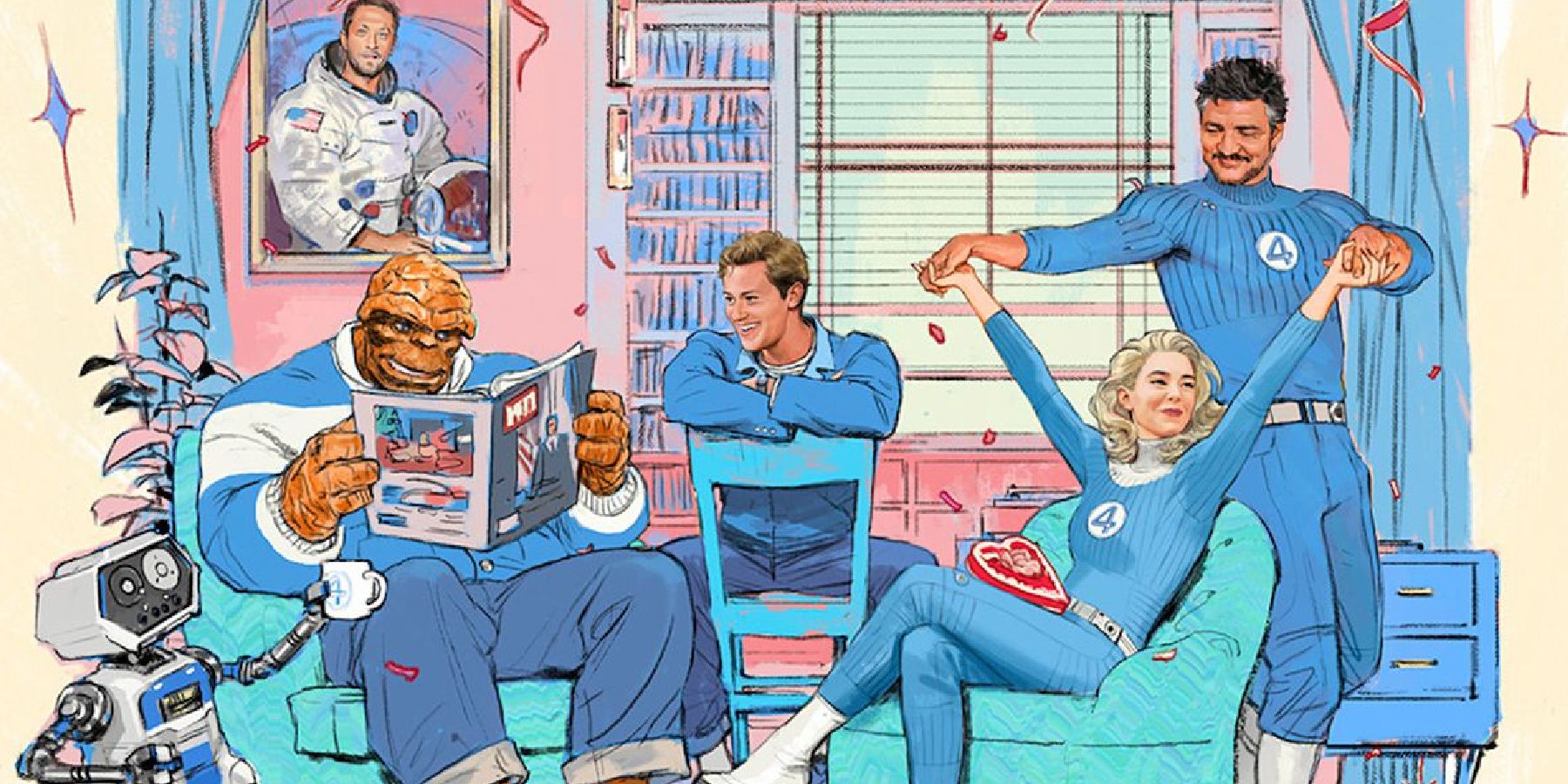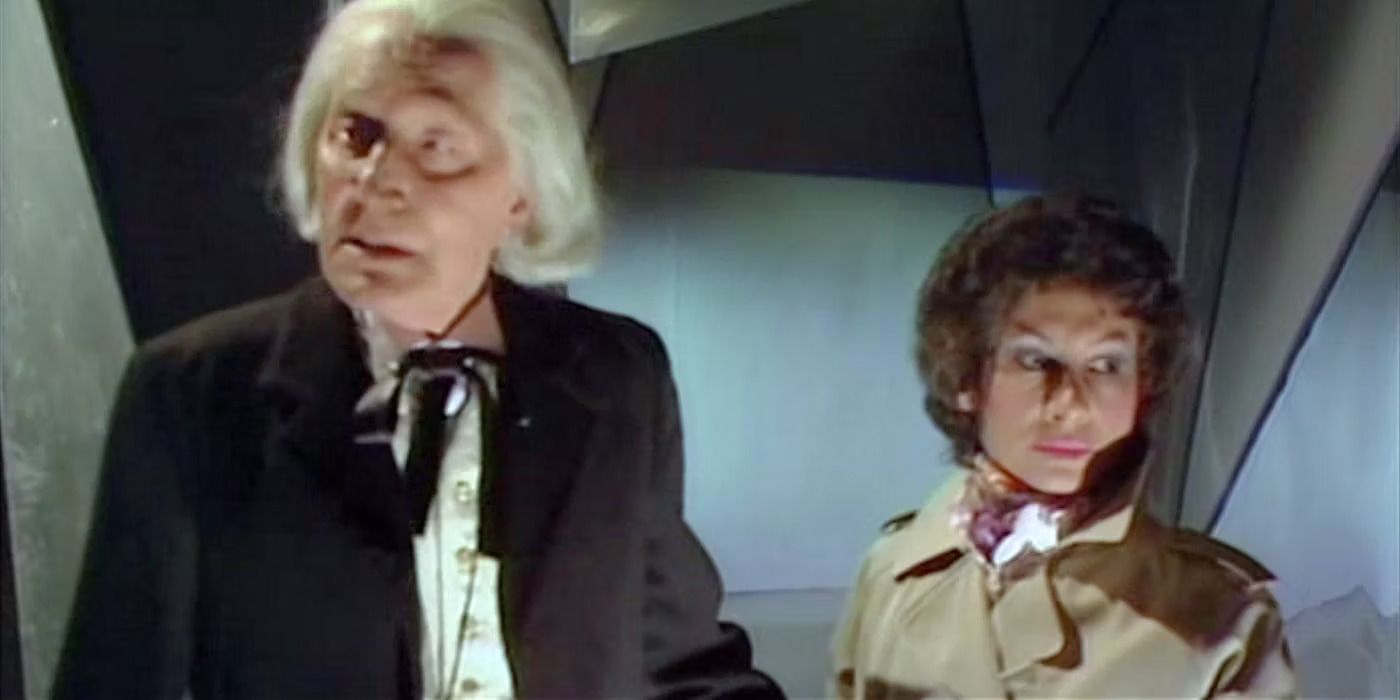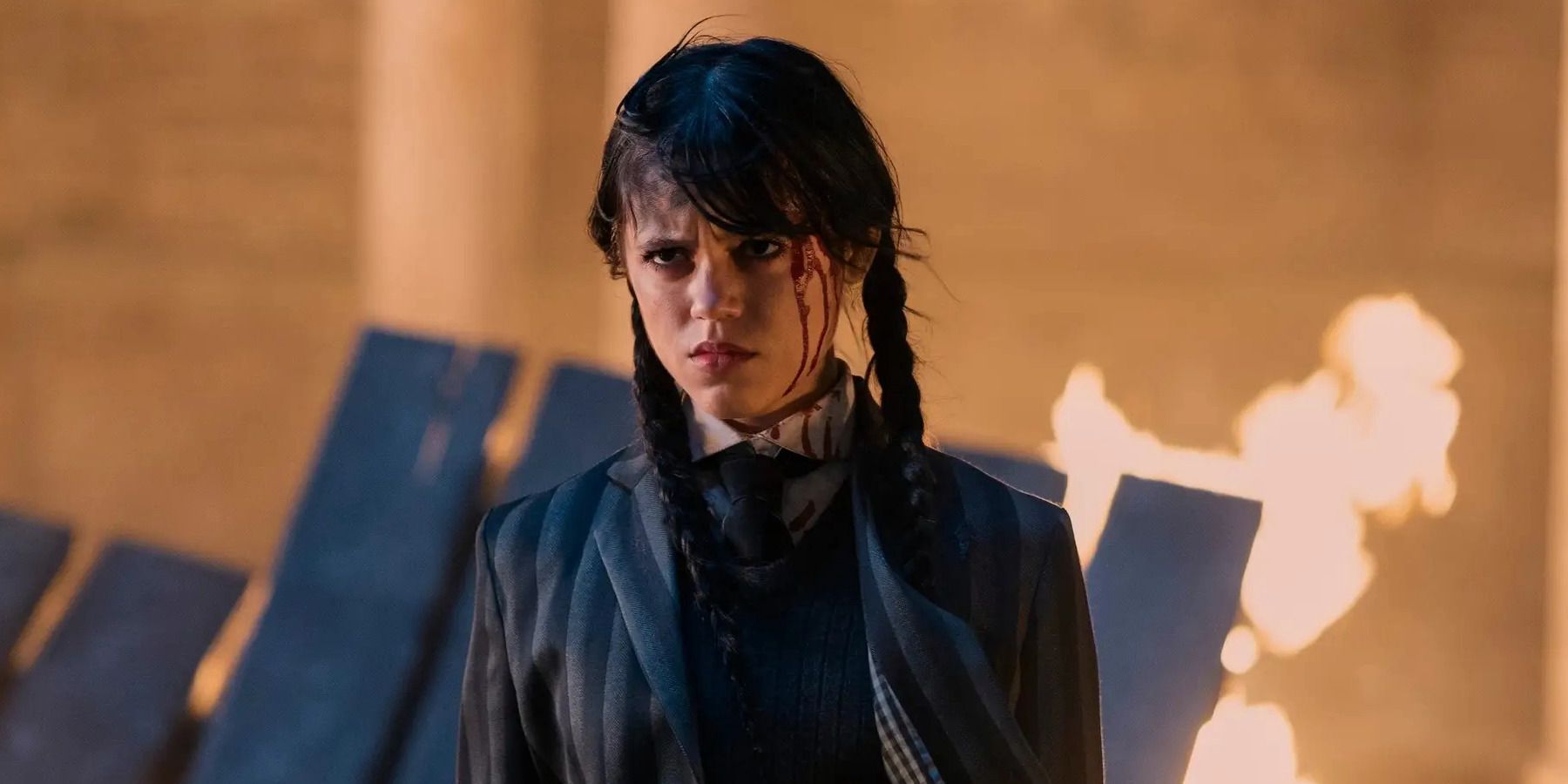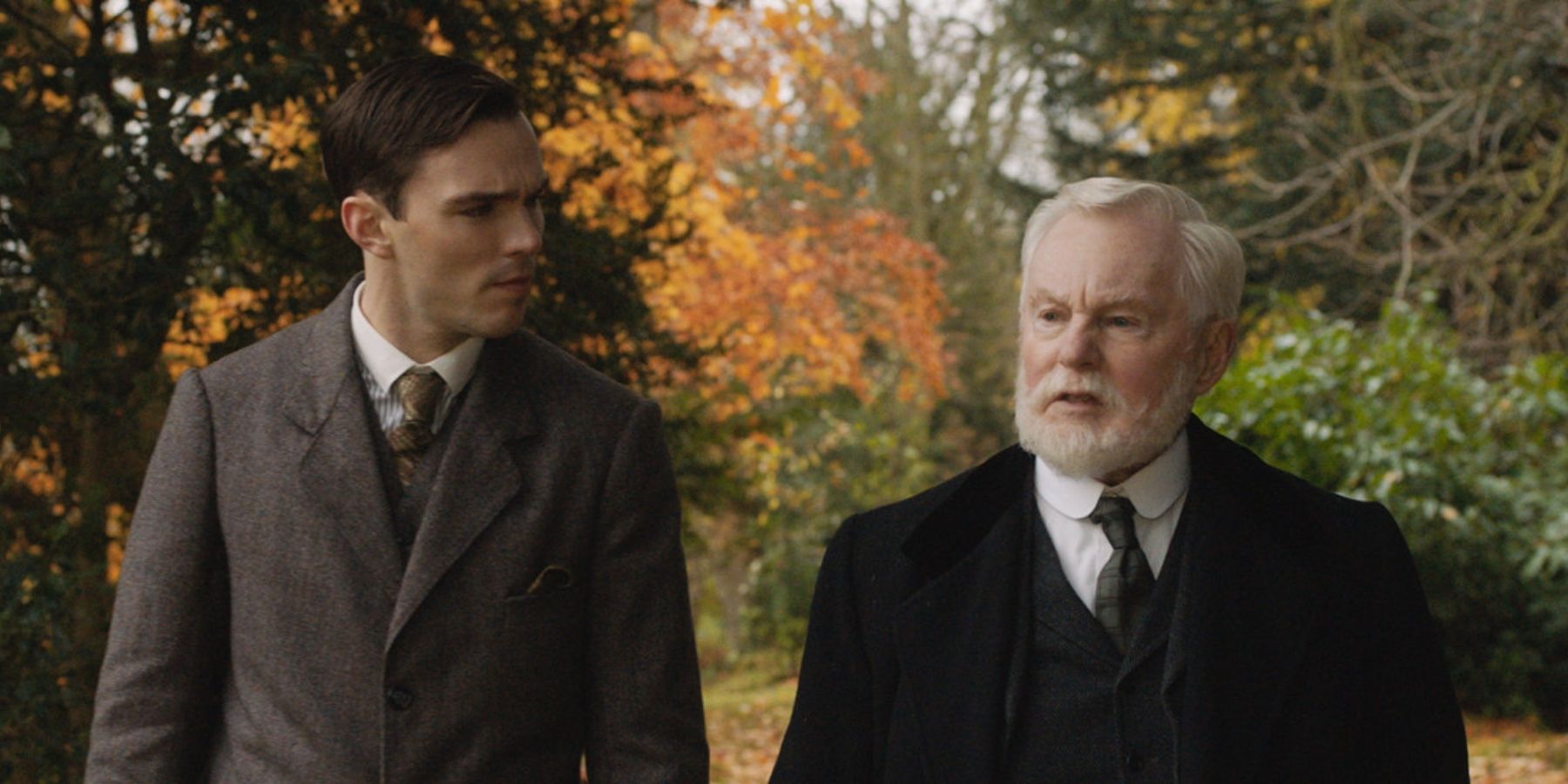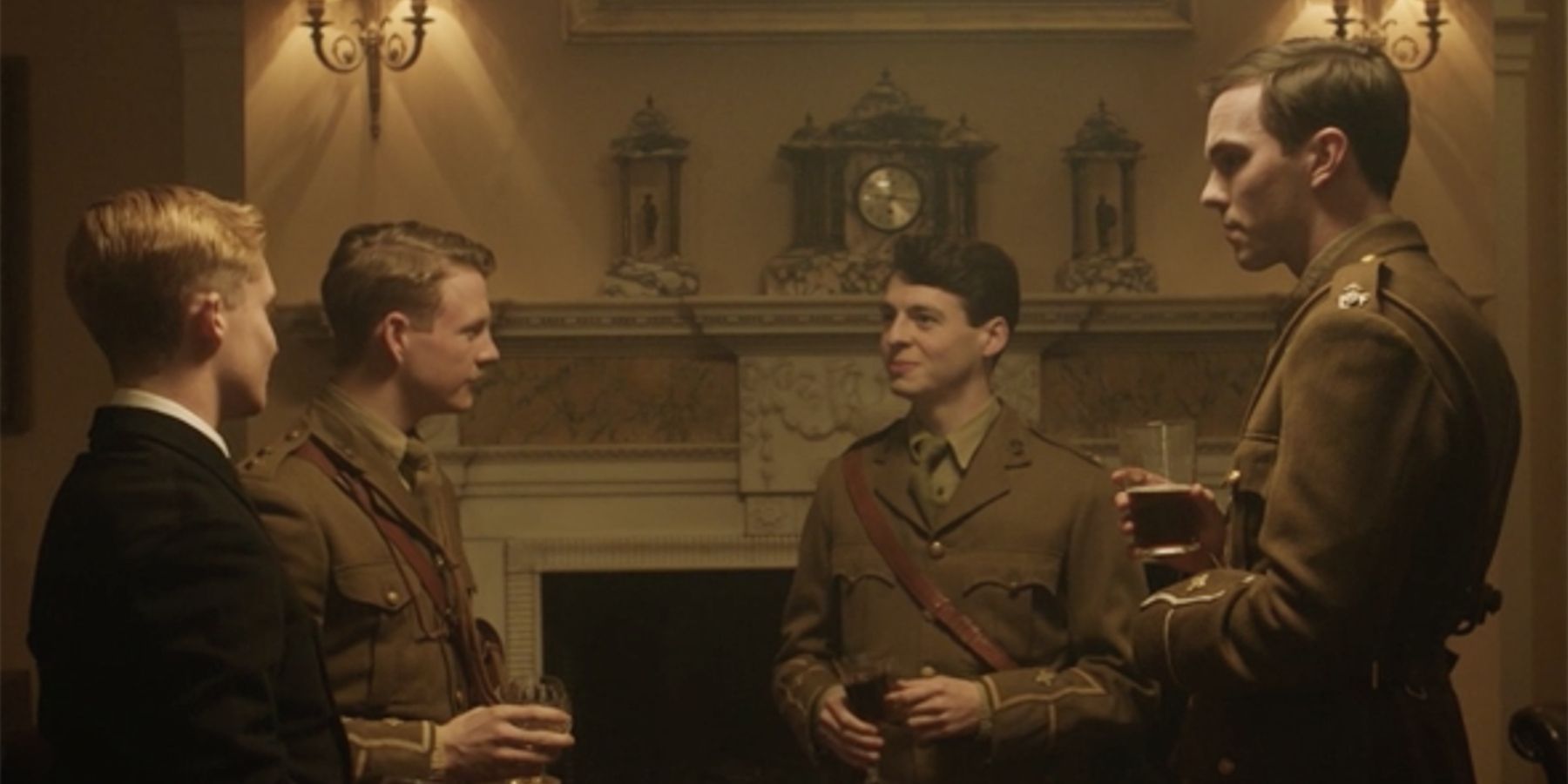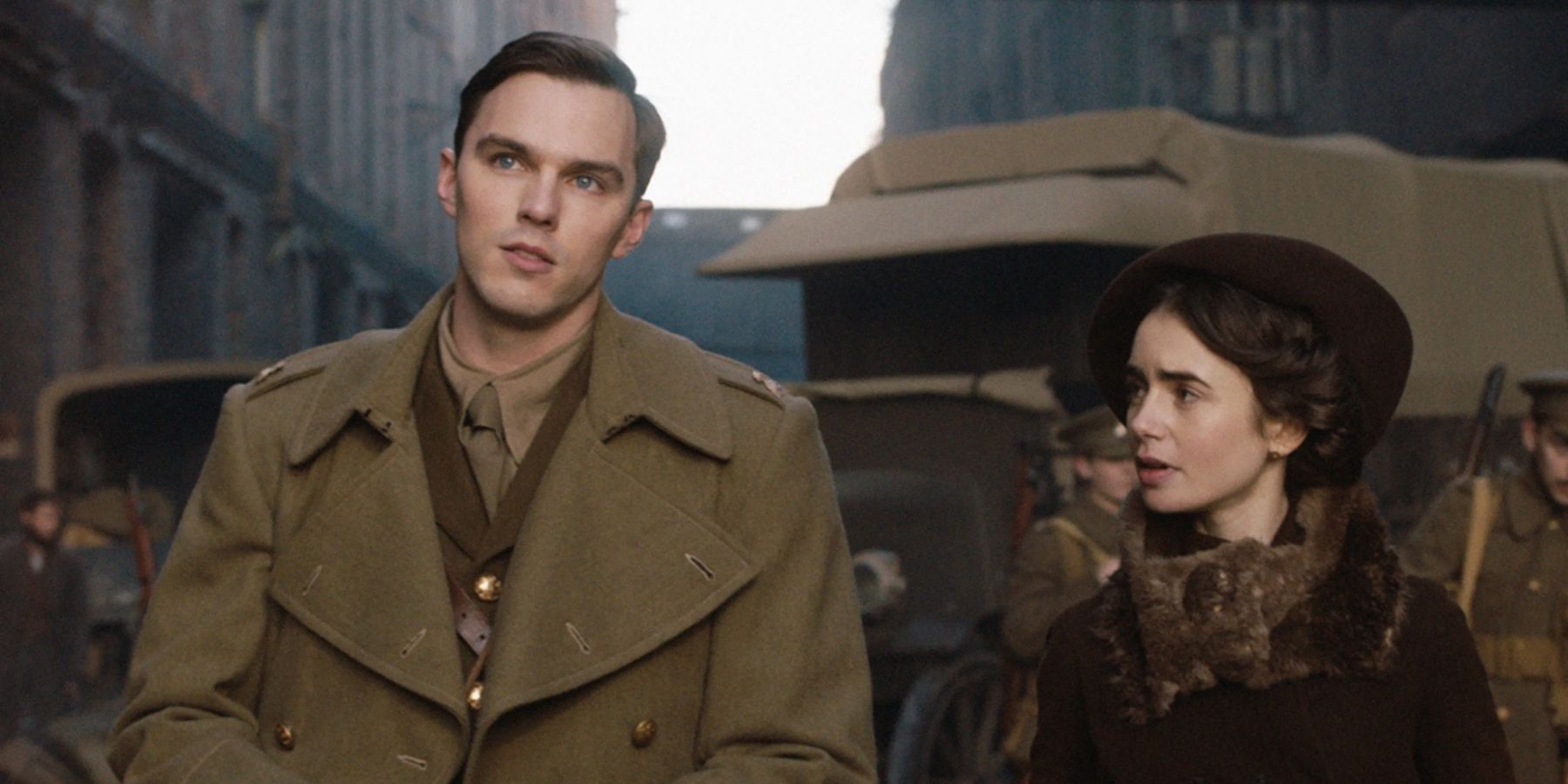Between 2012 and 2014, the trilogy of films based on J.R.R. Tolkien’s fiction The Hobbit was produced by Peter Jackson, the director of the earlier Lord of The Rings screen adaptations. After the Hobbit films were made, there was a resurgence of interest in Tolkien and his wonderful works of literature. This prompted many fans to want to learn more about the writer’s life, and his journey to creating Middle Earth, and in 2019 a film was brought out detailing the events of his early life. But how accurate is it?
For the most part, the depictions within the film, of his time spent in Africa before his father died, of his love for the woodlands of Worcestershire, (which he has admitted in many interviews were his inspiration for The Shire and the many woods of the Lord of the Rings like Fangorn Forest and Mirkwood) were true. The family did move to the industrialized city of Birmingham, and Tolkien did in fact hate it there, he felt suffocated by the bustling streets and missed dearly the trees of his enchanted childhood.
However, he and his younger brother always had the stories their mother fed them to help them in dark days. She loved to read them Norse tales and great Epics of old, as the film suggests, right up until her death when Tolkien was 12. This true fact is thought to be the reason why many of his characters are missing one or both parents, such as the absent mother of Arwen, the lost parents of Eomer and Eowyn and their cousin Theodred, the passing of the mother of Faramir and Boromir, and the death of Frodo’s parents as a young hobbit of the same age.
Once he and his little brother were taken to the boarding house, and raised Catholic, he met his first love, and eventual wife Edith Bratt. Most of the facts in the film as it pertains to the young lady in question are true. He was forbidden to court her until the age of 21. She did in fact move away and become engaged to another man. They did reconcile soon after, professing their love to one another, and she did dance for him in the dappled sunlight of a forest, although this happened years later, once they were married.
Many believe this moment to be the muse behind the story of Beren and Luthien, the elf maiden who falls in love with the mortal man. Tolkien later had the respective names of his Silmarillion characters inscribed on their gravestones where they were buried next to each other in Oxford Cemetery. One difference though, is that they were actually wed before he enlisted in the war, unlike the film in which they have only just rekindled their spark when he is forced to depart for battle.
The Tea Club Barrovian Society, and the friendship he found within the other members is also true, and is believed to be the foundation of some of his most beautiful relationships within the Lord Of The Rings, such as the brotherhood that exists between Frodo and Sam, and the loyalty that the 9 members of the fellowship have to one another. There were other members of the T.S.B.C both at the time of its creation, and afterward, but the four instigating members were as shown in the film.
World War 1 broke out while he was at university, and he served as an officer in the British Army, which is thought to be where his haunting scenes of great battles within his writing come from. Tragically, two of the T.C.B.S did die in the war, including Tolkiens closest companion Geoffrey Bache Smith, who really did leave him the harrowing letter that told him to share his stories with the world and have the courage to ‘say things I have tried to say, long after I am not there to say them.’
The loss of two of his dearest friends is believed by many to be where the pain and devastation Bilbo feels when the dwarves Thorin, Killi, and Filli die in The Hobbit comes from. He did also write the Foreword to Smiths book of poems ‘A Spring Harvest’ which was successfully published in 1918. However, despite the horror that befell the T.C.S.B, it did eventually lead to Tolkien creating a similar group years later, known as the Inklings, where he first began sharing manuscripts with his dear friend C.S. Lewis.
And finally, one of the key aspects of the film that differs from the truth of Tolkien’s life is the appearance of the creatures of Middle Earth to him on the battlefield of the Somme. Although Tolkien was definitely recalled from the war and hospitalized from ‘Trench Fever,’ there is no record of him ever discussing the fever dreams, or of suggesting that they contained within them parts of his later texts. This was a clever and creative addition by the director of the film. Tolkien spent over 60 years of his life developing the languages, histories, and maps of Middle Earth, from the Silmarillion right through to the Unfinished Tales which were then carried on by his son Christopher, but for the most part, these came to him purely out of a combination of his own unique mind, and his vast knowledge and understanding of the classics.

